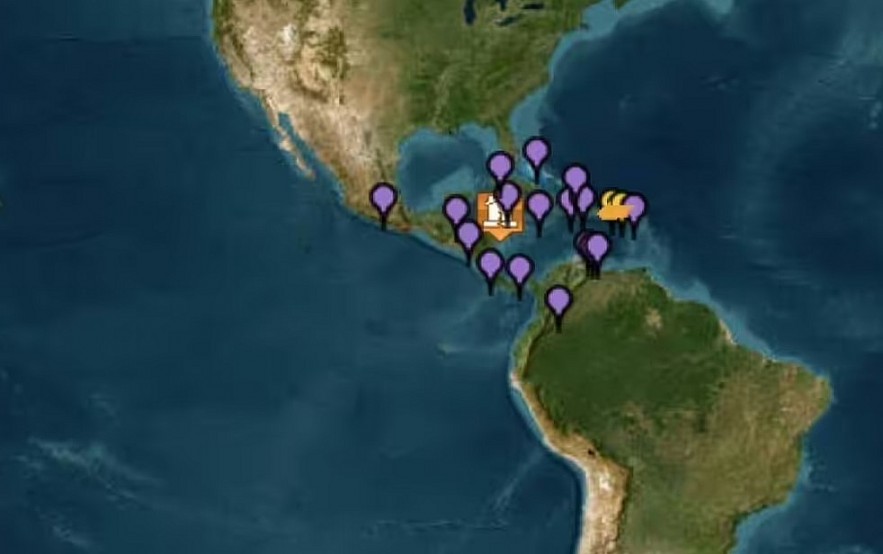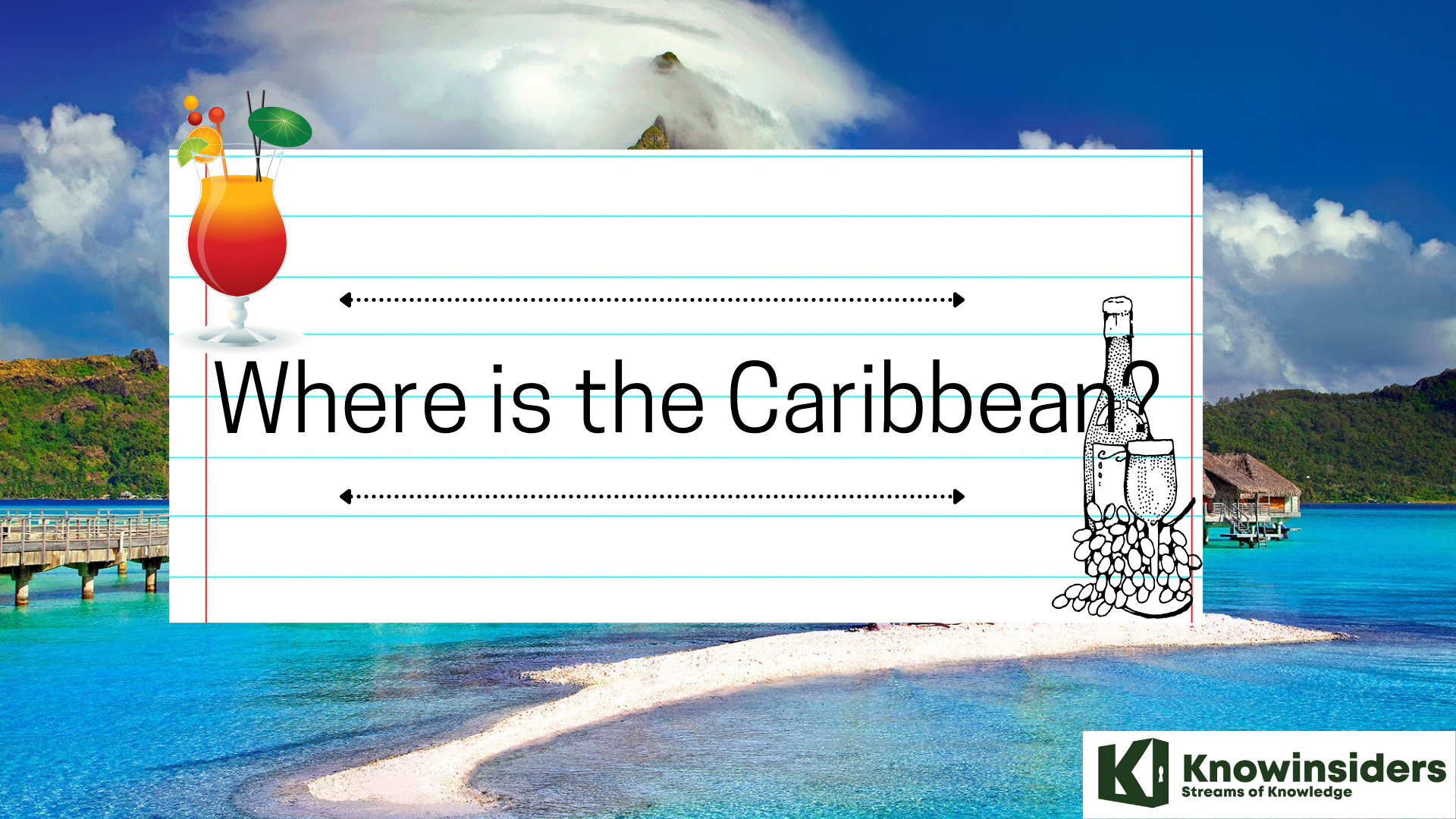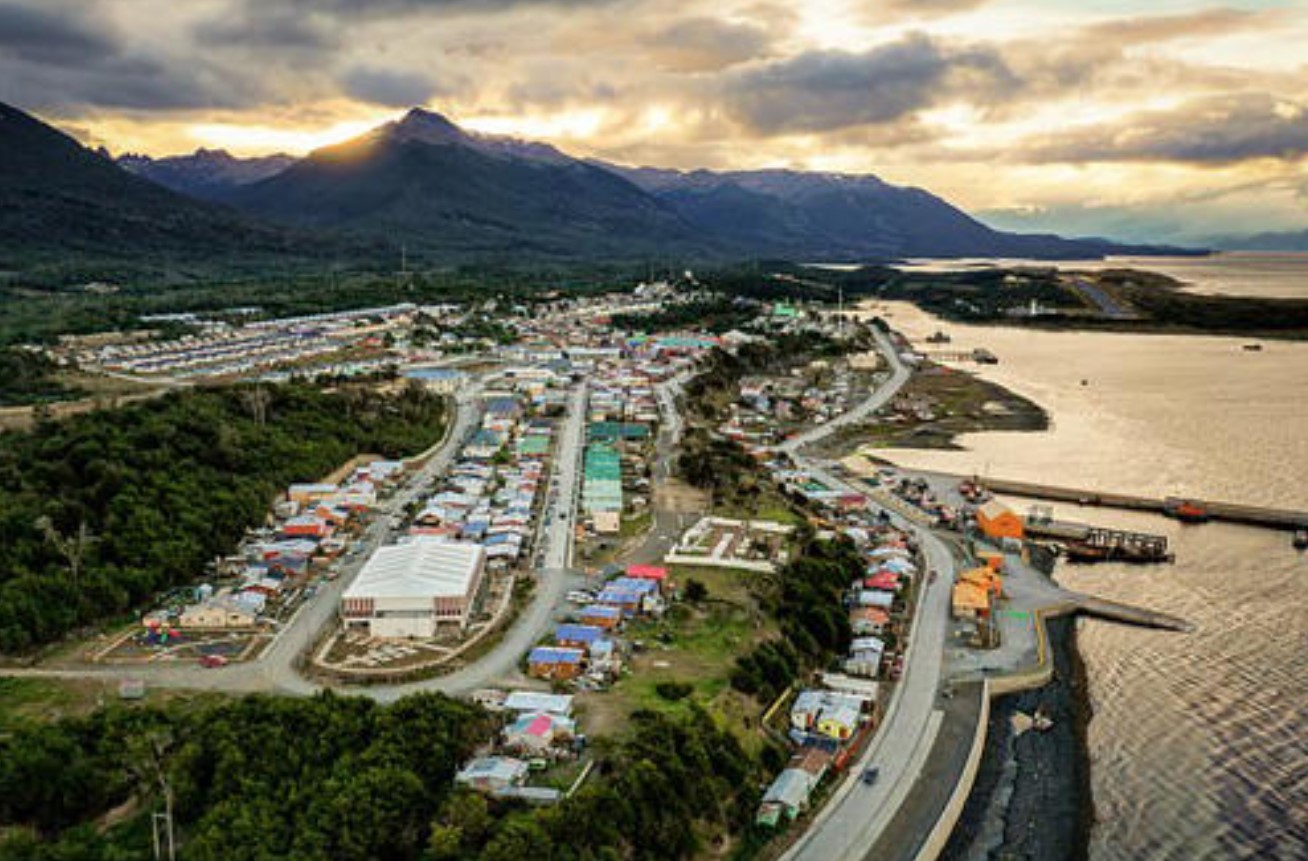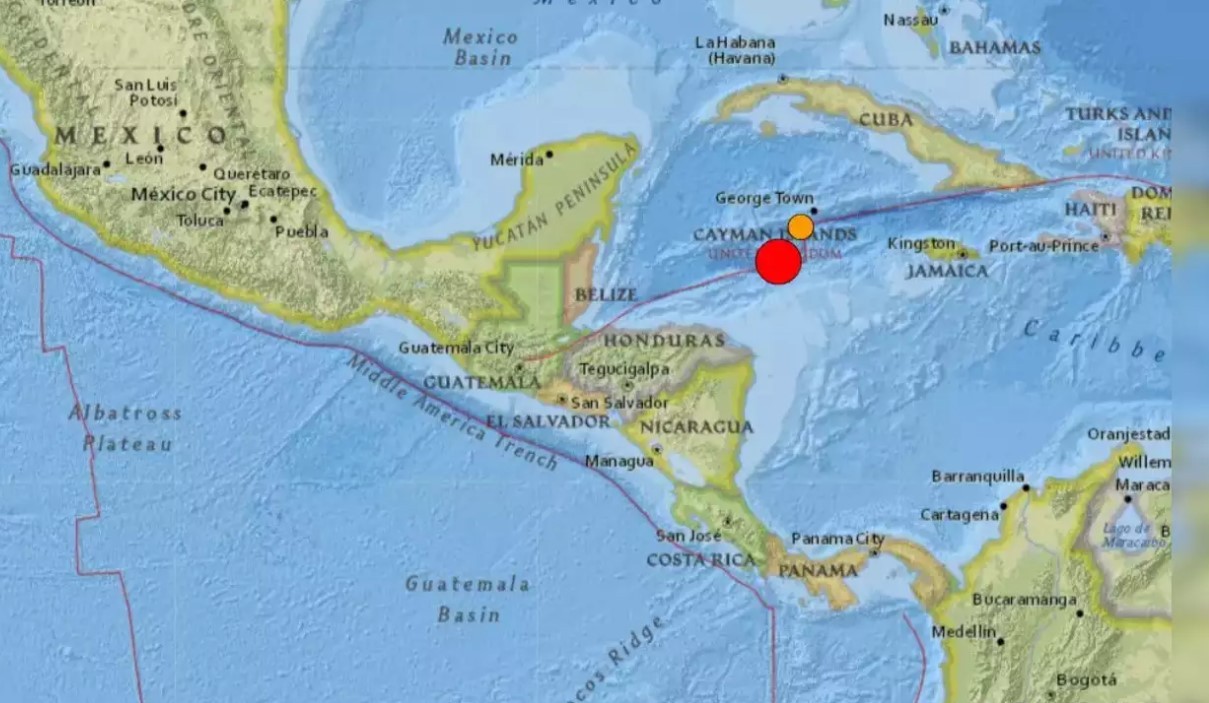Massive 7.6-Magnitude Earthquake Strikes the Caribbean, Tsunami Warning Issued
7.6-Magnitude Earthquake Near Cayman Islands: Key Updates
- A 7.6-magnitude earthquake struck southwest of George Town, Cayman Islands, on Saturday at 6:23 p.m. ET.
- The U.S. National Tsunami Warning Center issued a tsunami advisory for Puerto Rico and the U.S. Virgin Islands.
- Strong ocean currents and fluctuating sea levels may pose hazards along coastal areas.
- The earliest potential tsunami impact in Puerto Rico and the Virgin Islands was projected for 8:48 p.m. ET.
- As of now, no tsunami waves have been confirmed, and officials continue to monitor the situation closely.
-
Residents are advised to avoid beaches, harbors, marinas, and coastal waters until further notice.
 |
| Caribbean earthquake |
The earthquake, which occurred at approximately 6:23 p.m. local time, had an epicenter located 209 kilometers (130 miles) south-southwest of George Town, Cayman Islands, at a shallow depth of 10 kilometers (6 miles).
Authorities from various nations, including the Cayman Islands, Cuba, Puerto Rico, the Dominican Republic, and Honduras, swiftly responded to the seismic event, issuing precautionary measures to protect coastal communities. While no significant damage or casualties have been reported so far, the event has raised concerns about the region’s seismic vulnerability.
Learn more: Is There a Tsunami Warning for the U.S. Coast After the Caribbean Earthquake?
Tsunami Warnings and Emergency Precautions
The U.S. National Tsunami Warning Center issued a tsunami advisory for Puerto Rico and the U.S. Virgin Islands, warning of potential sea-level fluctuations and hazardous currents along coastal areas.
Cayman Islands: Urgent Evacuation Measures
In the Cayman Islands, authorities urged residents near the coastline to move inland and seek higher ground. The Cayman Islands Hazard Management Office estimated that waves could reach between 0.3 to 1 meter (1 to 3 feet) and warned of dangerous rip currents even if no large tsunami waves materialized.
Cuba: Government Orders Evacuations
The Cuban Meteorological Institute predicted that tsunami waves between 1 to 3 meters (3 to 10 feet) above tide levels could impact certain coastal areas. The Cuban government quickly ordered evacuations in beachfront communities to prevent potential loss of life.
Dominican Republic: Warnings for Coastal Residents
Officials in the Dominican Republic advised residents to relocate to areas at least 20 meters (66 feet) above sea level and 2 kilometers (1.2 miles) inland. Emergency response teams were activated to monitor the situation and assist communities in low-lying areas.
Puerto Rico and Honduras: Precautionary Measures
- Honduran authorities reported no immediate damage but recommended that residents stay away from beaches for several hours.
- Puerto Rico’s Governor, Jenniffer González Colón, confirmed that the government is coordinating with emergency agencies following the tsunami advisory. Though no evacuation orders were issued, coastal communities were urged to remain on high alert for strong ocean currents.
Seismic Context: A Tectonically Active Region
The earthquake was the result of strike-slip faulting, a geological process where tectonic plates slide past each other horizontally. The Caribbean region is one of the most seismically active zones in the world, with frequent earthquakes occurring due to the interaction between the North American and Caribbean tectonic plates.
This event occurred along the Swan Islands Transform Fault, a major left-lateral strike-slip fault that accommodates the westward movement of the North American plate relative to the Caribbean plate at approximately 20 mm (0.8 inches) per year.
The Caribbean has a history of destructive earthquakes, including the 7.0-magnitude earthquake in Haiti (2010), which caused over 220,000 fatalities. While Saturday’s earthquake did not cause significant destruction, experts warn that aftershocks and further seismic activity are possible.
List of Countries
 |
| Strong Earthquake Strikes Caribbean |
With a depth of approximately six miles under the ocean, the quake prompted tsunami warnings for several countries. The countries include:
- Haiti
- Belize
- Bahamas
- Columbia
- Aruba
- Costa Rica
- Cuba
- Panama
- Dominican Republic
- Turks and Caicos Islands
- Mexico
- Guatemala
- Nicaragua
- Jamaica
A tsunami advisory was made for Puerto Rico and the Virgin Islands.
Current Situation and Ongoing Monitoring
Key updates as of now:
- No reports of casualties or major structural damage.
- Authorities continue monitoring for aftershocks or additional tsunamis.
- Some tsunami warnings remain active, although the immediate threat is decreasing.
The earthquake’s remote location in the Caribbean Sea likely prevented widespread destruction. However, scientists and emergency management teams are closely monitoring the situation to ensure public safety.
Preparedness and Safety Recommendations
While the immediate threat is subsiding, this earthquake serves as a critical reminder of the importance of disaster preparedness in the Caribbean. Governments across the region are reinforcing early warning systems, updating emergency evacuation protocols, and educating the public on how to respond to earthquakes and tsunamis.
Authorities recommend the following safety measures:
✔ Stay updated through official emergency broadcasts and government alerts.
✔ Avoid beaches and coastal areas until all tsunami warnings are lifted.
✔ Prepare emergency kits with food, water, medical supplies, and flashlights.
✔ Be aware of aftershocks and remain cautious in unstable structures.
✔ Follow instructions from local emergency services and authorities.
Seismologists warn that aftershocks may occur in the coming days. As a result, residents in earthquake-prone areas should stay vigilant and prepared.
Conclusion
The 7.6-magnitude earthquake that struck the Caribbean on February 8, 2025, has once again highlighted the region’s seismic risks. Though no significant casualties or major damage have been reported, the earthquake triggered tsunami warnings, leading to evacuations and emergency responses in several nations.
Authorities and disaster management teams continue closely monitoring the situation, emphasizing the importance of preparedness for future seismic events. Residents are encouraged to remain cautious and follow official safety guidelines as more information becomes available.
 Where Is The Caribbean: History, Geography and Geology Where Is The Caribbean: History, Geography and Geology To have an answer to your question "Where is the Caribbean?", keep reading the article below. |
 Top 10 Most Expensive Movies of All Time You Must Watch Top 10 Most Expensive Movies of All Time You Must Watch Two of the highest-grossing films ever are "Avengers: Age of Ultron" and "Pirates of the Caribbean". The Top 10 Most Expensive Films Ever Made are ... |
 Caribbean Calendar 2025 - List of Carnivals: Date, Location, Significance, and Activities Caribbean Calendar 2025 - List of Carnivals: Date, Location, Significance, and Activities KnowInsiders outline the most prominent carnivals, their dates, locations, significance, activities, and unique features. Whether you’re a seasoned carnival-goer or planning your first visit, there’s ... |
 Fact-Check: Hundreds of Royal Caribbean Passengers Filmed by Hidden Cameras in Bathrooms Fact-Check: Hundreds of Royal Caribbean Passengers Filmed by Hidden Cameras in Bathrooms According to a victim's lawyer, an ex-employee currently serving 30 years in federal prison on child porn charges may have installed hidden cameras in bathrooms ... |


























